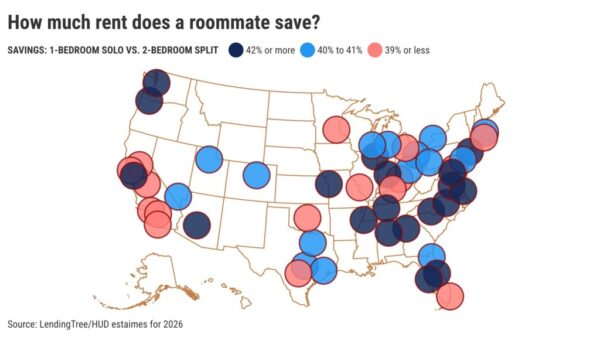Hurricane Humberto has intensified into a Category 4 storm, boasting maximum sustained winds of 145 mph as of 11 p.m. on Friday, according to the National Hurricane Center. Forecasters indicated that Humberto is likely to strengthen further but is projected to remain offshore, avoiding direct impact on the U.S. East Coast.
Despite its growing strength, there were no coastal watches or warnings issued as of late Friday. The storm’s predicted trajectory shows it moving northwest before shifting north and northeast, passing between the U.S. East Coast and Bermuda. This forecast provides some reassurance to coastal residents as they prepare for the storm’s path.
In addition to Humberto, meteorologists are monitoring a second disturbance known as Potential Tropical Cyclone 9, located northwest of Cuba. This system is anticipated to develop into a tropical storm over the weekend. The hurricane center warned that the system could approach the southeast U.S. coast early next week, potentially reaching hurricane intensity.
The current forecast indicates that Potential Tropical Cyclone 9 may pose risks of storm surge and wind impacts as it nears the coast. A tropical storm warning is already in effect for the Central Bahamas, while parts of the northwest Bahamas are under a tropical storm watch. As of Friday night, this system had sustained winds of 35 mph, with the potential for these winds to escalate to between 39 to 73 mph as it intensifies.
As the disturbance progresses, it could deliver significant rainfall, with forecasts predicting up to 12 inches for eastern Cuba and between 4 to 8 inches for the Bahamas. The storm is expected to move northward along Florida’s Atlantic coast, reaching South Carolina by Monday and Tuesday, according to the hurricane center’s projections.
While the initial forecast appears to indicate a straightforward path, the National Hurricane Center noted that “there is significantly more uncertainty in the track forecast after day 3.” They cautioned that the system may slow considerably and could even stall near the coast of South Carolina, which could lead to heightened impacts for the region.
As meteorologists continue to assess these weather systems, residents along the projected paths are advised to stay updated on the latest forecasts and prepare accordingly for potential impacts.







































































